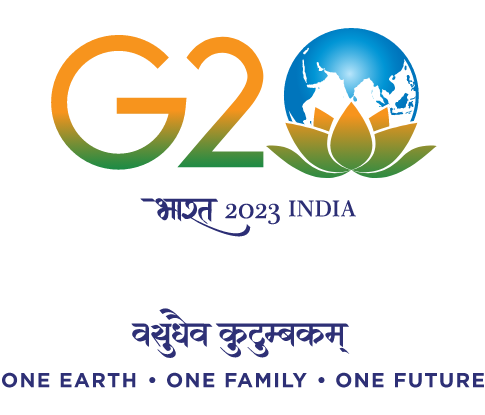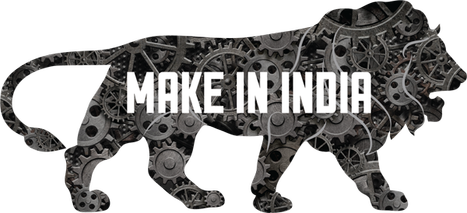 |
|
List of Governing Body Member
|
1 |
The Hon’ble Minister Science & Technology, Govt. of Karnataka, Bangalore-01 |
Chairman |
|
2 |
The Vice-Chancellor, Karnatak University, Dharwad |
Co- Chairman |
|
3 |
The Deputy Commissioner Dharwad District, Dharwad |
Member |
|
4 |
The Chief Executive Officer Zilla Panchayat, Dharwad |
Member |
|
5 |
The Additional Chief Secretary Dept. of Finance, Govt. of Karnataka, Bangalore |
Member |
|
6 |
The Principal Secretary Dept. of IT, BT, S & T, GOK, Bangalore–1 |
Member |
|
7 |
Representative of ISRO, Government of India |
Member |
|
8 |
The Joint Secretary Ministry of Culture, Shastri Bhavan, Government of India, New Delhi |
Member |
|
9 |
Representative of NCSM, Government of India |
Member |
|
10 |
Dr. D. Veerendra Hegde, Dharmadhikari, Dharmasthala |
Member |
|
11 |
Vacant |
Member |
|
12 |
Vacant |
Member |
|
13 |
Shri S.V. Sankanur, MLC, Graduate Constituency and President, KRVP, Bangalore |
Member |
|
14 |
The Registrar, Karnatak University, Dharwad |
Member Secretary |
|
15 |
The Managing Director Vijnana Bhavana, 3rd Floor, 21st Main, 24/2 , 17th Cross Road, II Stage, Banashankari, Bengaluru, 70 |
Nodal Officer |
|
16 |
The Director Dharwad Regional Science Centre |
Director |














